

Since the start of Season Five, I have seen a lot of terrible Support play, especially in Single Queue. No one wards, no one pings, and no one secures objectives. In the matches I have played lately, my Supports either mop up minion kills or wander aimlessly, resulting in a vulnerable, fragile bottom lane. Here is a quick guide that aims to fix these problems. Here are five tips for Supports in League of Legends.
The Support and the Attack Damage Carry (ADC) must form a symbiotic relationship to survive in the bottom lane; they must work together to edge-out enemies. That said, any Support that farms or kills during the laning phase is doing his ADC a disservice. Carries need kills; they need the gold and experience gained from them. Supports don’t need kills; their levels don’t really matter. Instead, they need assists and gold production items.
Assists are easier to attain than kills. The experience gained from two or three assists can equal the experience from one kill, depending on the champion’s level. It is best to slow and buff and leave the bloody work to champions with higher damage output.
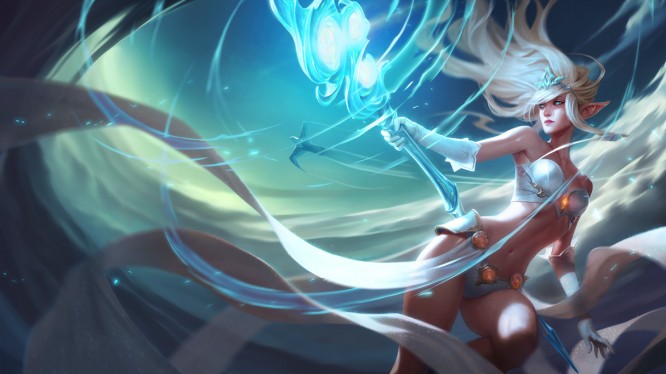
And gold production items are smarter, easier ways to build gold anyways. Support champions like Janna can have terrible damage output, depending on their build. It takes, on average, five hits for my Janna to kill a minion at level six. My Teemo build, at the same level, can kill a minion in three hits. Trying to generate gold from hits is slow and inefficient. Gold production is always the way to go–and gold items offer unique actives that bring utility to already solid arsenals. Face of the Mountain shields an ally champion for 10% of the Support’s total health, Frost Queen’s Claim fires a dagger that slows for 80% of the champion’s speed, and Talisman of Ascension grants allies +40% movement speed.
Such items can greatly influence the outcome of a game. I often pair Talisman of Ascension with Janna’s ultimate ability. I exhaust the item, move to the other side of the enemy, push them into danger, and Flash out. The move almost always ends in a kill. Likewise, I often pair Face of the Mountain with Thresh. Thresh passively gains health from enemy souls, and I often load him up with health items. When I shield someone in the late game, it is nearly impossible to kill them. When I shield myself, I become an unstoppable force.
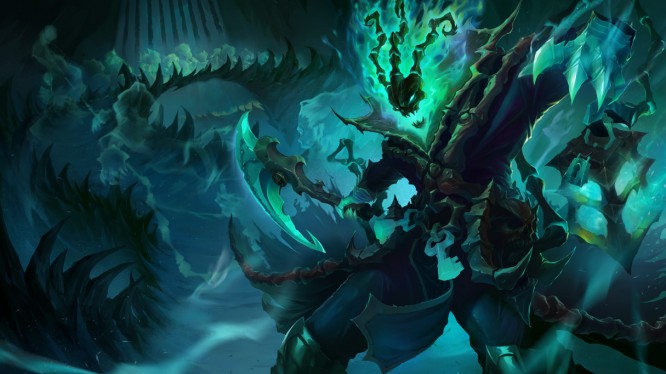
Though some Supports like Thresh gain stat boosts from dead enemies, they don’t actually need to commit kills to reap such benefits. Thresh is just as useful (if not, more useful) sweeping the lane and mopping souls. By doing so, he pushes enemy champions under tower–resulting in more farm for the ADC.
The only time a Support should farm is when the ADC fails to do his job. If minions are overwhelming a tower and no one else is available, it becomes the Support’s job to thin their numbers. By holding a tower, the Support denies experience to the enemy team. Denying critical gold may completely change the outcome of a game.
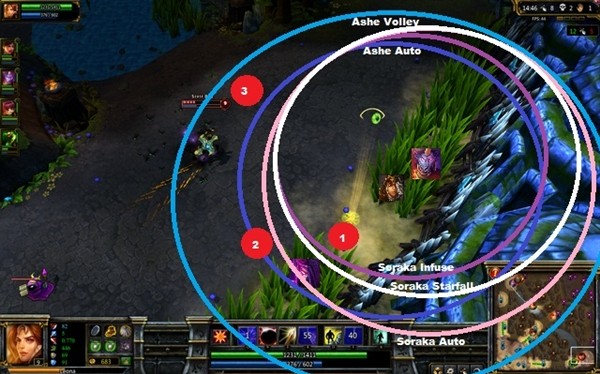
Though this image is from season two, it does a great job illustrating Ashe and Soraka’s combat spheres.
Imagine an invisible circle around each minion. Every time one dies, every opposing champion within that circle gains experience, regardless of who scored the last hit. Now imagine another circle around each champion. These circles show the champions’ attack ranges. These circles are called spheres of influence.
It is the Support’s job to manage these spheres, to gain the maximum benefit from farm and to push enemies away from the action. The best way to gain an edge over the enemy team is by edging them out. When champions sit under tower or return to base, they gain nothing; they fall behind. The longer they stay out of the action, the further behind they fall. Most of my twenty minute surrender victories come from forcing enemies out, keeping them out, and snowballing damage in the mid-game.
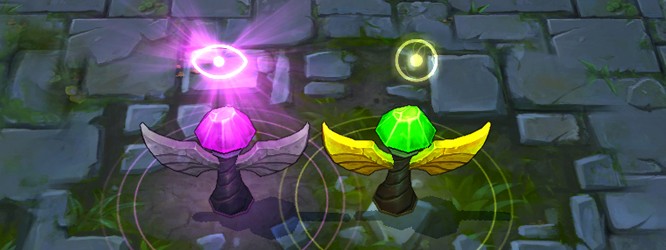
In League of Legends (or any MOBA, for that matter), vision is vital to success. Without Wards, champions have limited visibility. Junglers typically rely on an enemy team’s lack of vision to gain kills. They hide just outside a champion’s field of vision, often in bushes, and eliminate them when they move into their Sphere of Influence.
It is crucial that Supports lay as many Wards as possible. Warp to base whenever you gain your first 800 gold, and buy a Sightstone. Always. Wards grant limited vision. By placing wards in strategic places, Supports keep Junglers away, highlight objectives, and offer ganking opportunities to teleporting top-laners. True, only five wards can exist on a map at a given time, but areas of dispute are constantly changing. The more wards a team lays, the more map control they have. When I cover professional eSports, I often pay close attention to Ward control. Historically, the team with better Ward coverage wins.
When I Support, I make sure I know the Jungler’s action plan. I pay attention to where he starts, and I ask him when he wants to take the first dragon. I make sure to ward the jungle as soon as I can, and I watch for enemy ganks. I ping constantly.
Supports need to be aware of the map. Laning positions like Top lane and ADC worry about levels and damage output. Supports worry about objectives and keeping everyone else alive. If allies are getting surprised and ganked, then the Support isn’t watching the map. If the enemy takes a major objective unopposed, then the Support likely failed to notify anyone about it. Keep an eye on the minimap. Watch it, and tell people when something doesn’t look right. A denied gank is denied gold and experience. Every little moment counts.
Like I said earlier, levels and experience are not (necessarily) important for Supports. Allies’ levels and experience are much more crucial. Sometimes a Support must sacrifice himself to deny further losses. When a Carry has over-extended himself or a team fight has gone awry, a Flash/ult is sometimes necessary.
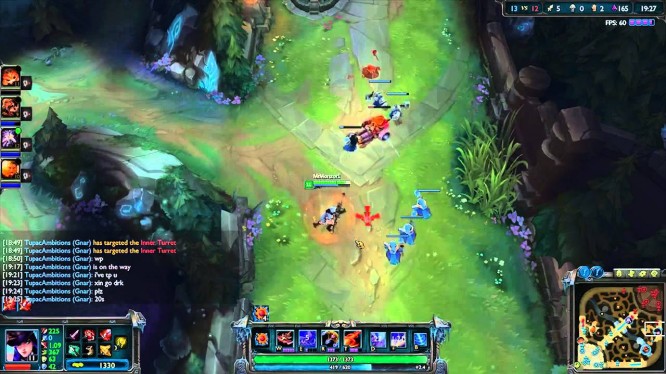
That said, there is a fine line between sacrifice and recklessness. Supports shouldn’t ever have more than ten deaths–unless the game has gone on more than sixty minutes. Likewise, a Support shouldn’t be expected to bail an ADC out every time he overextends. Feeders (and, to be clear, I mean Carries that die more than five times in the first ten minutes) should be left to rot. Minimize losses; maximize gains.
I love to play Support. It is my favorite position, the first position I truly mastered. It’s one of the hardest positions to play (correctly), and it carries the most responsibility. Hopefully these five points can help you play better Support in League of Legends.

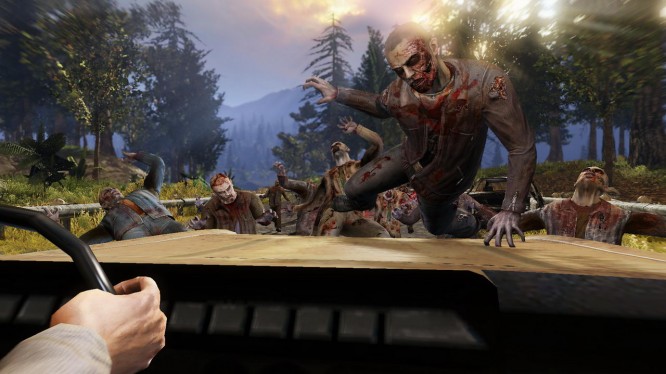


 Finding LGBT Friendly MMOs .
Finding LGBT Friendly MMOs . Need for Speed World: Different Game Modes, Different Objectives
Need for Speed World: Different Game Modes, Different Objectives Does Raiding Belong in Guild Wars 2? .
Does Raiding Belong in Guild Wars 2? . WoW Wednesday : Communication Breakdown .
WoW Wednesday : Communication Breakdown . SMITE World Championship Day Two .
SMITE World Championship Day Two .